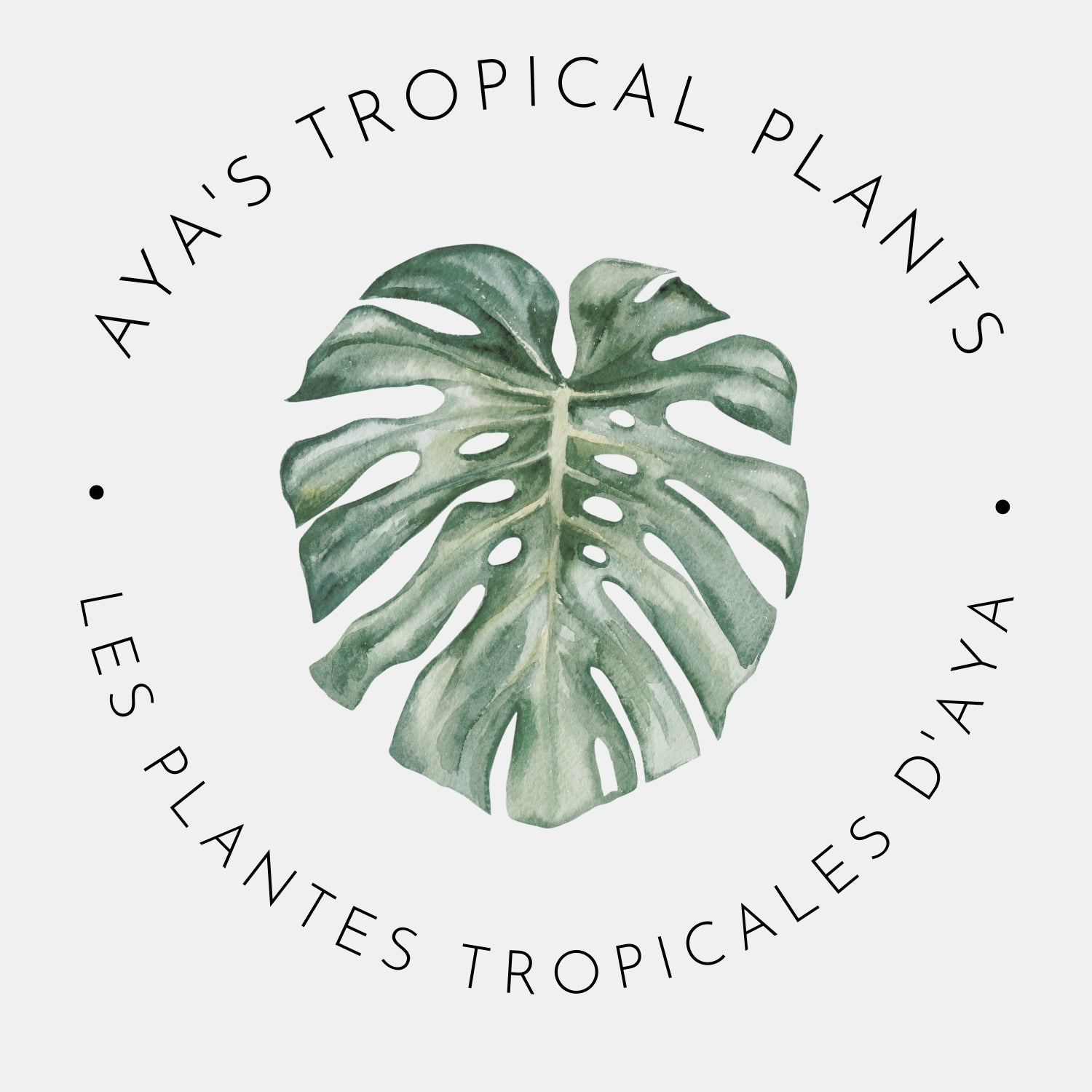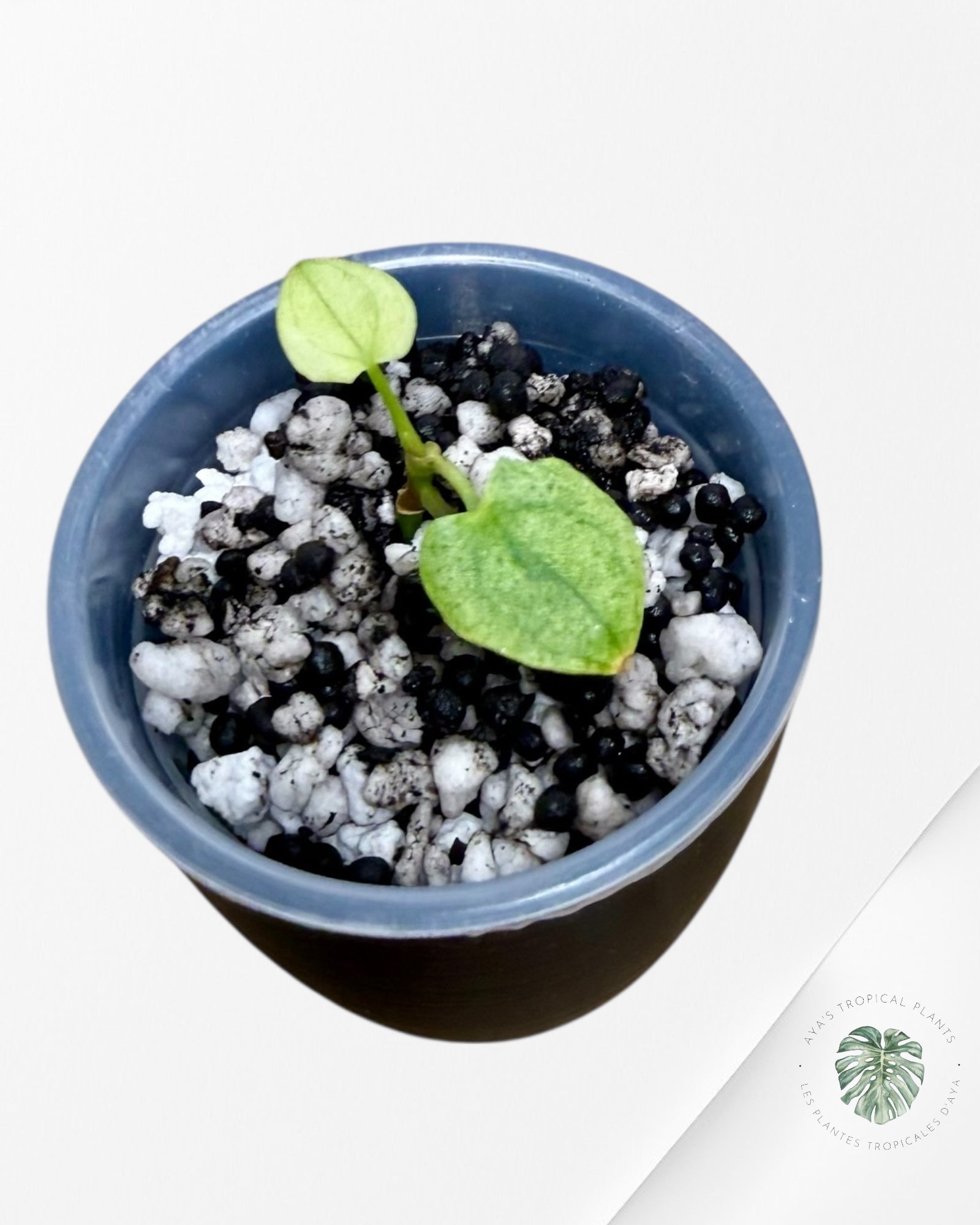
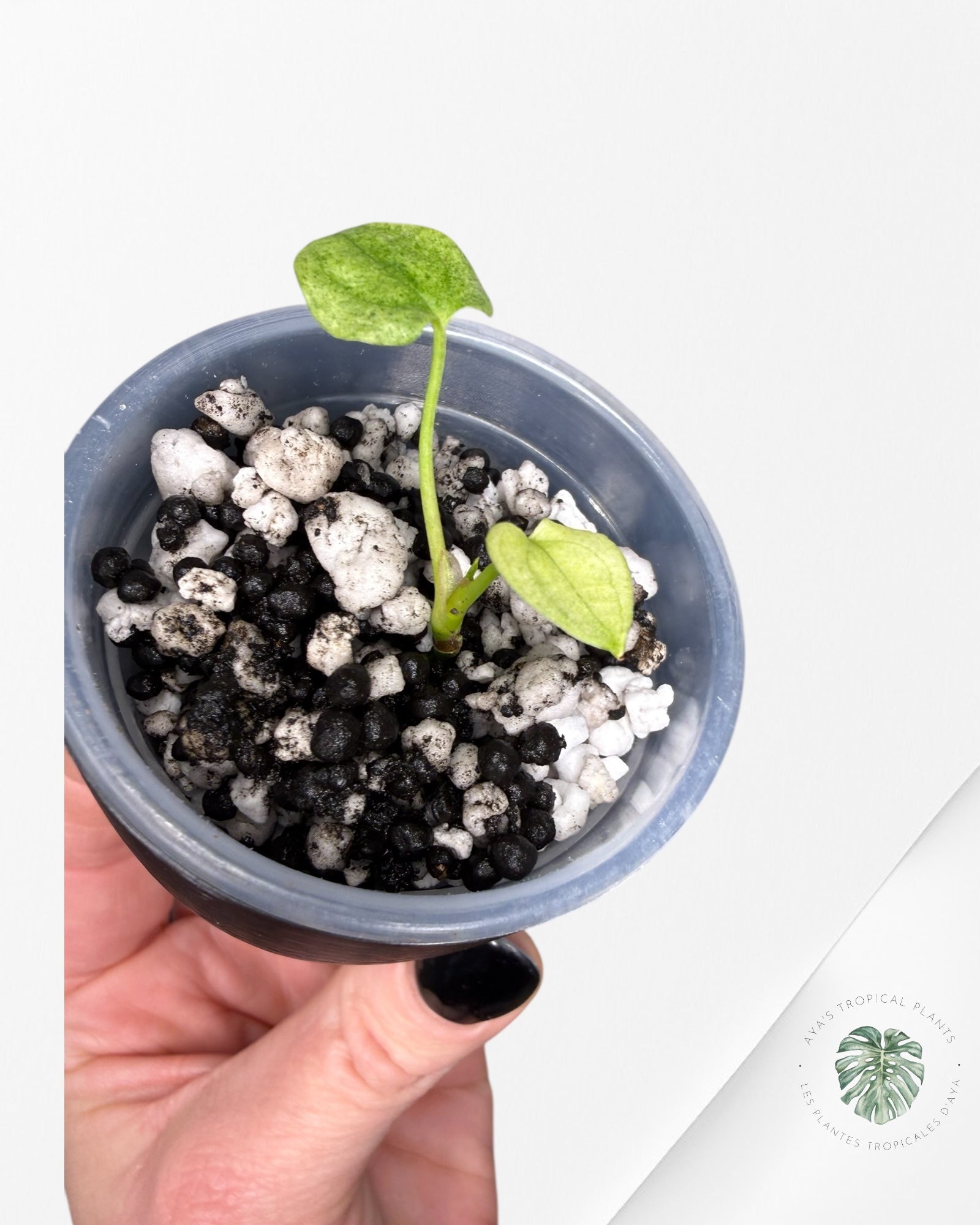
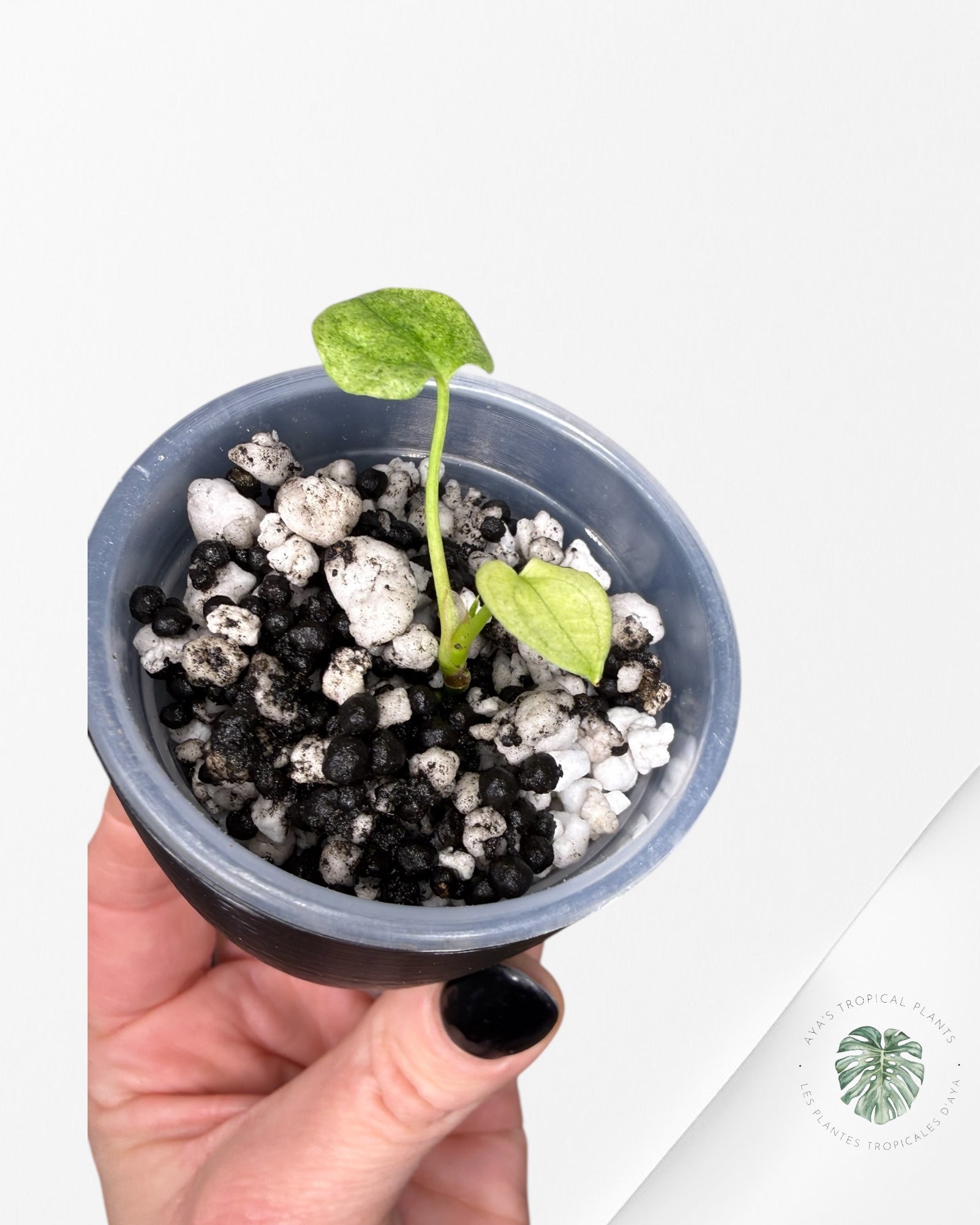
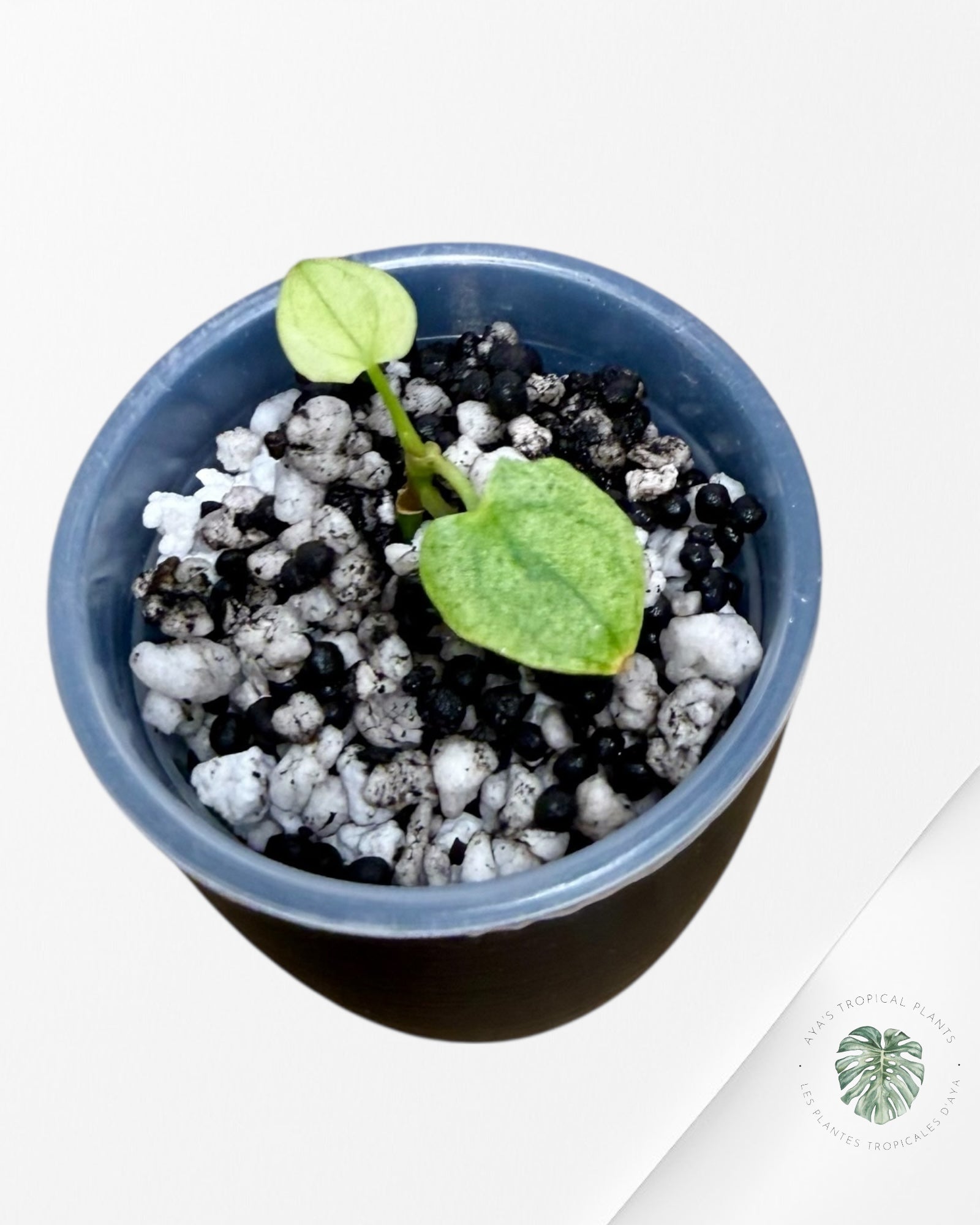
Anthurium Dark Phoenix Variegated
🪲 Each plant is carefully treated against unwanted pests.
The Anthurium Dark Phoenix Variegated is an exceptional and highly coveted collector Anthurium, admired for its deep, dark foliage contrasted by striking creamy to mint variegation. This rare combination creates a dramatic, almost mythical appearance, perfectly aligned with its powerful name.
Each leaf is completely unique, showcasing unpredictable variegation patterns ranging from subtle marbling to bold sectoral splashes. The velvety texture and intense coloration give this plant an unmistakably luxurious presence, making it a standout centerpiece in any high-end rare plant collection.
With proper care, the Anthurium Dark Phoenix Variegated develops large, elongated leaves and maintains strong, steady growth. It thrives in bright indirect light, elevated humidity, and a well-aerated substrate suited for Anthuriums.
Plant highlights:
- Dark, dramatic foliage with creamy or mint variegation
- Unique, one-of-a-kind leaf patterns
- Velvety texture and elegant leaf shape
- Premium statement plant for serious collectors
🌱 You will receive the exact plant shown (unless otherwise stated).
🚚 Overnight express shipping across Canada.
Shipping
Our shipments are now handled in winter mode, with insulating paper and a heat pack included to protect your plants during transit. For remote areas, we use express overnight shipping to ensure your plants arrive safely.
Shipping fees are calculated automatically based on your region, but it’s often possible to reduce the cost by contacting us on Facebook Messenger. The rate can be adjusted when the box size is smaller or when your order includes only TC Plants.

